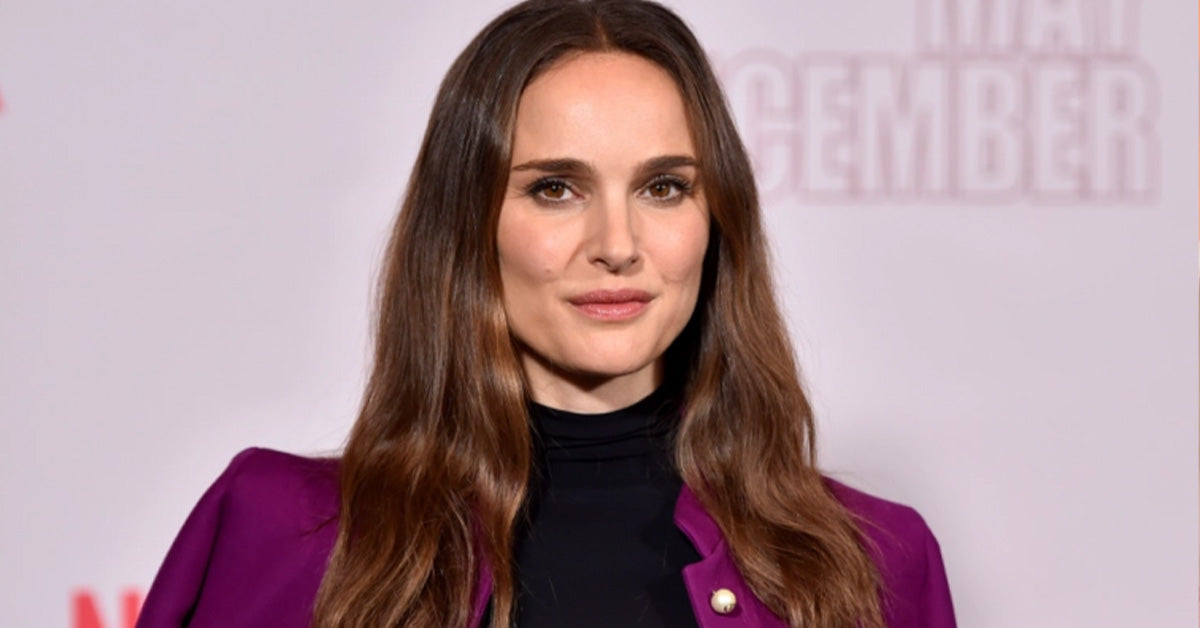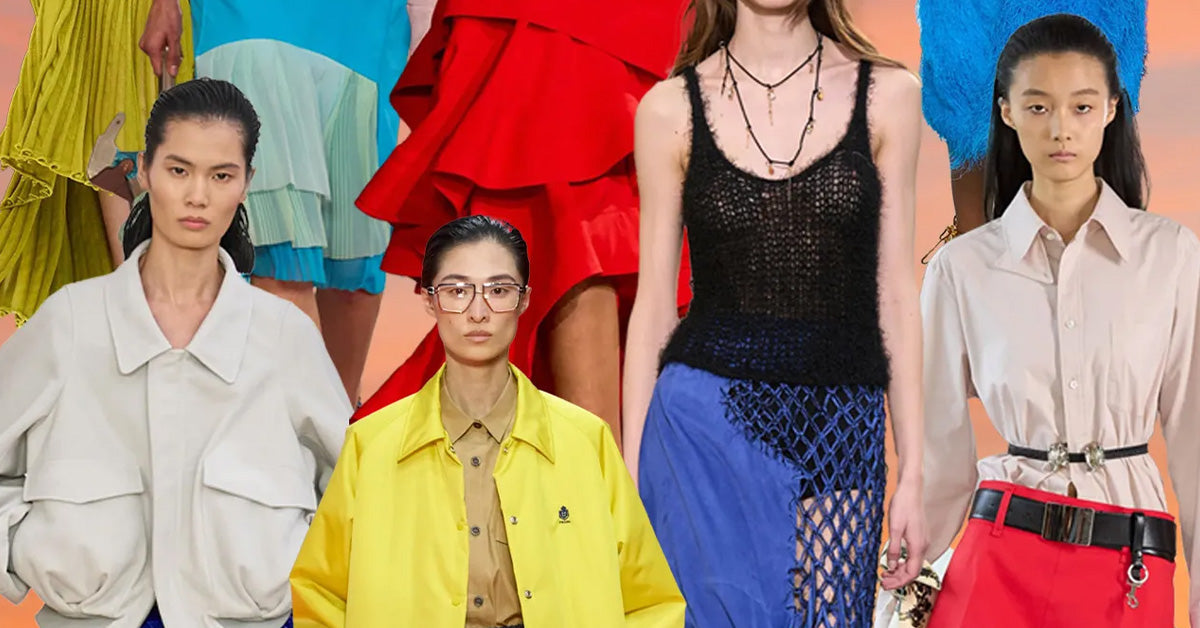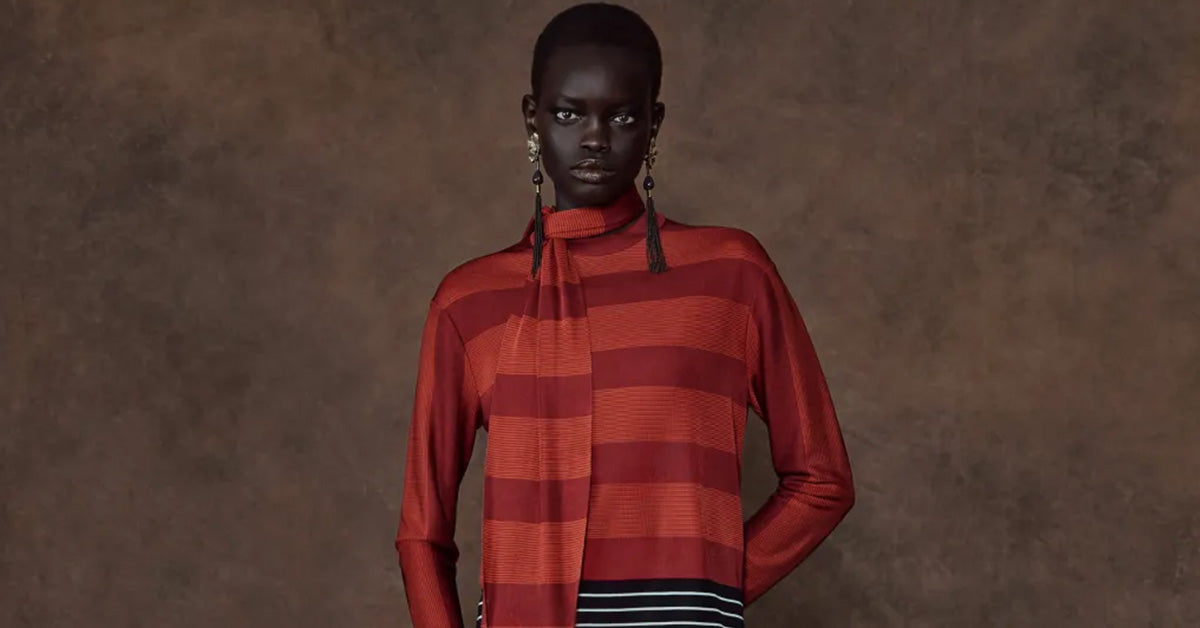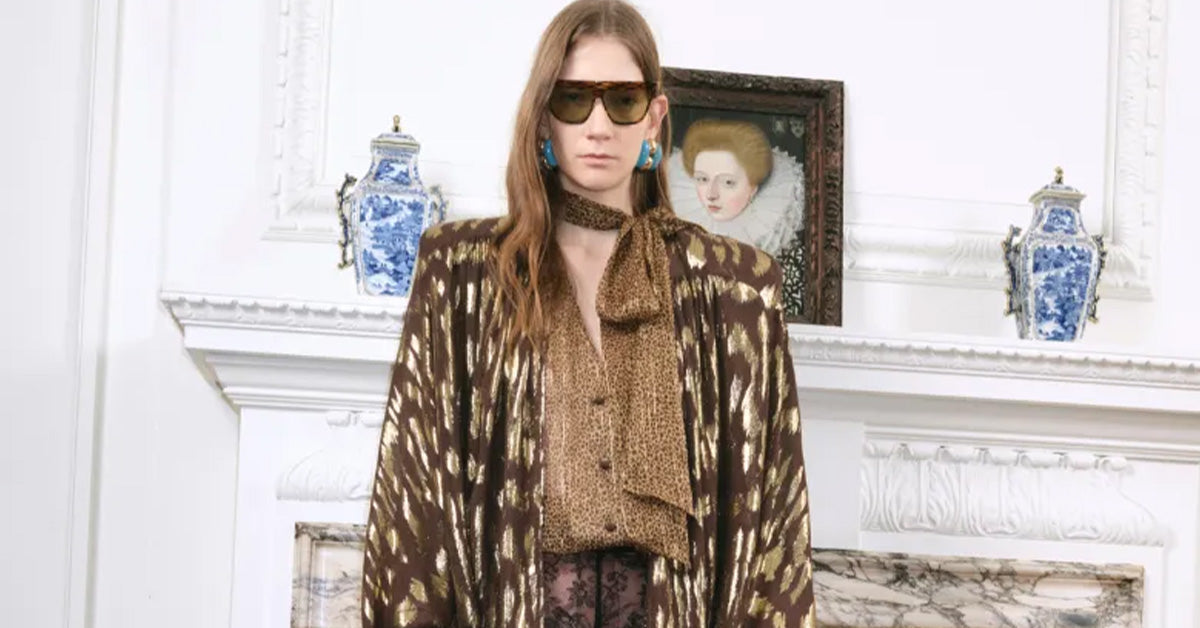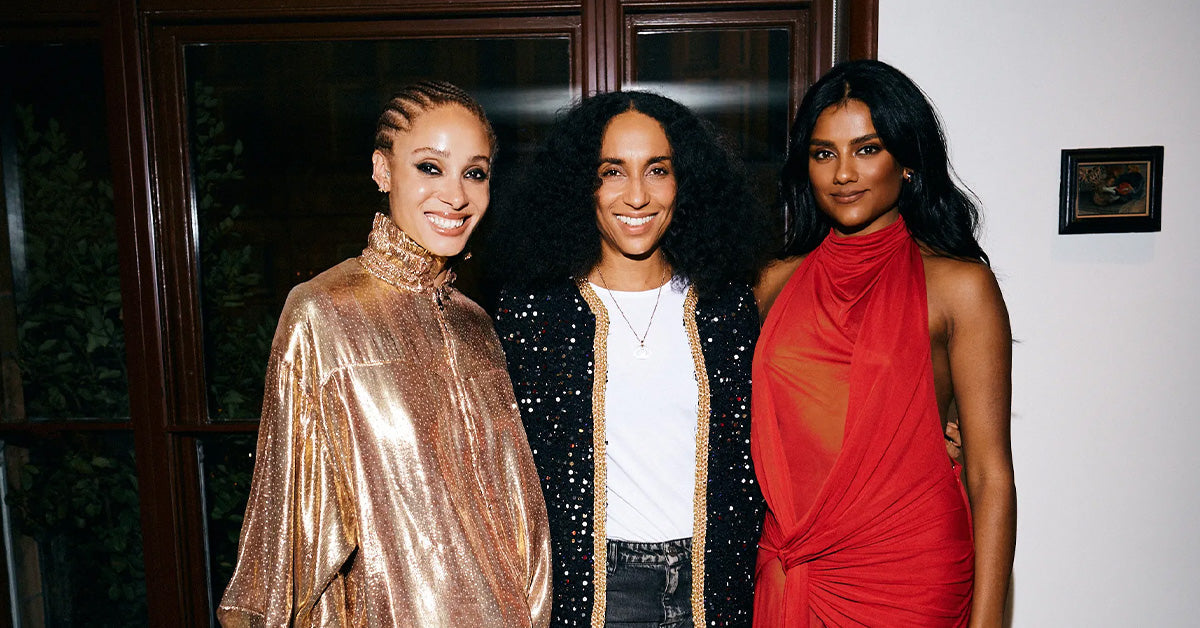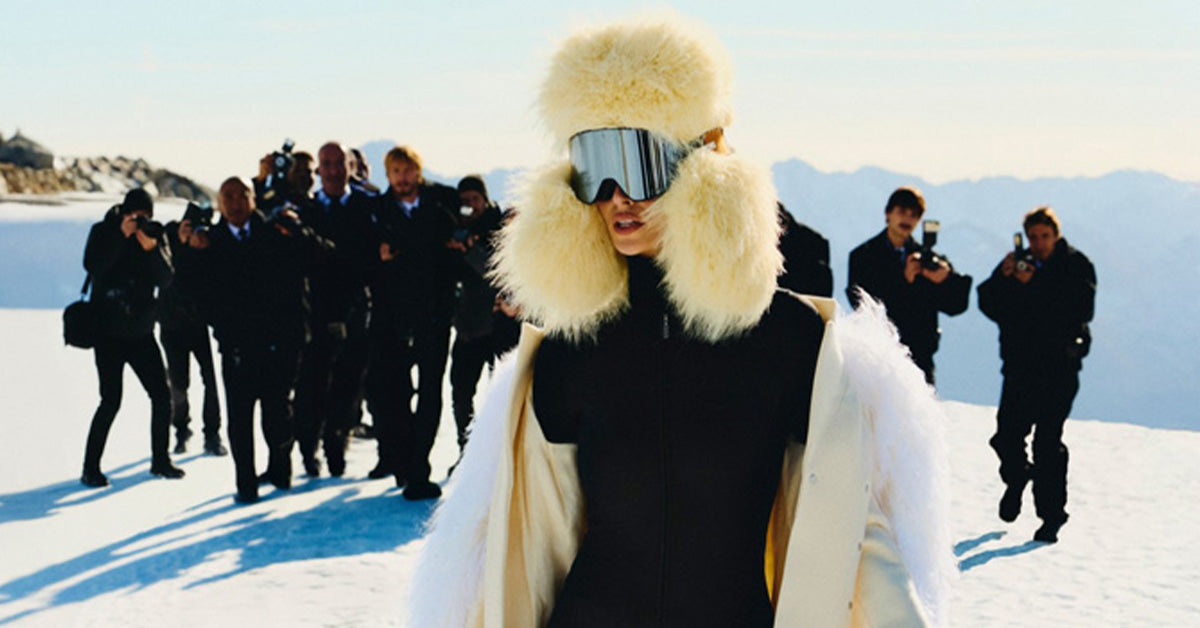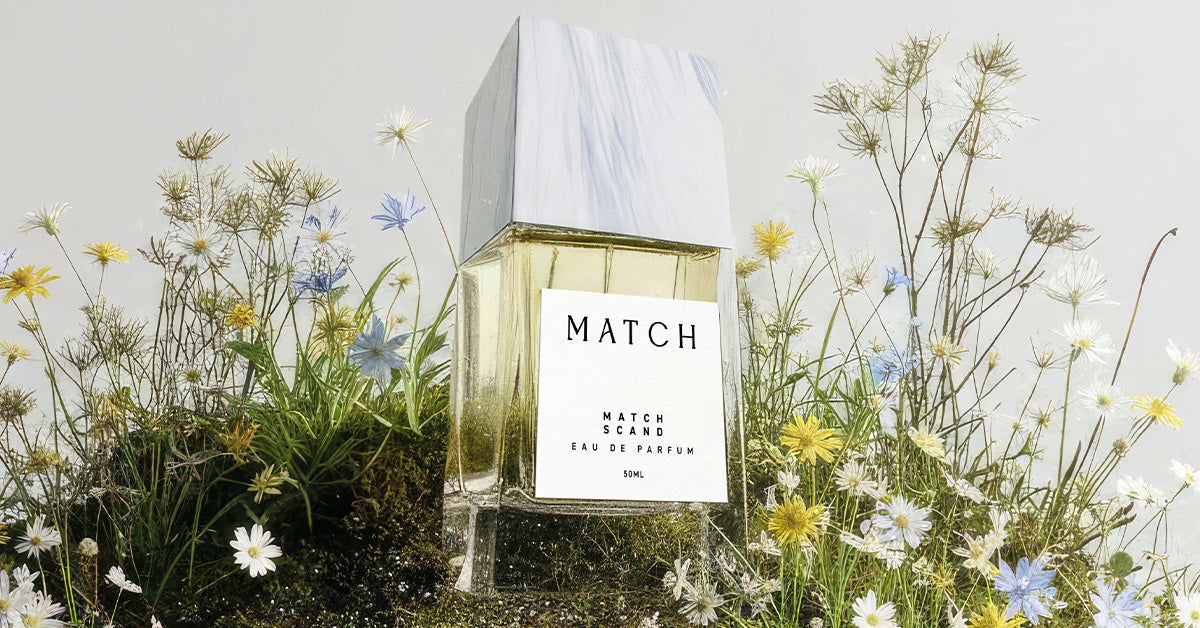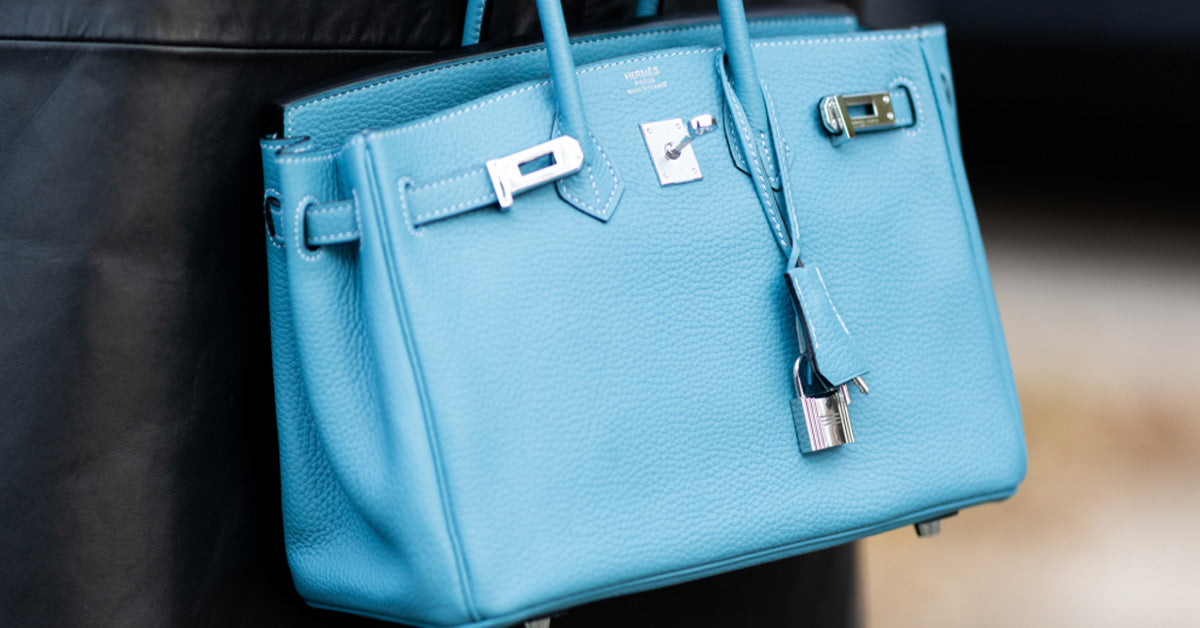Introduction to Pinstripe
When it comes to timeless patterns in fashion, pinstripe stands as an icon of sophistication and professionalism. Known for its fine lines and elegant aesthetic, pinstripe fabric has been a staple in formalwear for centuries. But what exactly is pinstripe? How did it become a symbol of class and authority in the fashion world? Let’s dive deep into this fascinating term.
What is Pinstripe?
Pinstripe refers to a fabric pattern characterized by very thin, parallel lines running vertically against a solid background. These lines are typically spaced evenly apart, creating a sleek and polished appearance. While most commonly associated with business suits, pinstripe has also found its way into casual and high-fashion designs, demonstrating its versatility.
The name comes from the resemblance of the lines to the fine stripes used in pinstripe decoration on automobiles or other surfaces, adding a subtle yet striking detail to the fabric.
The History of Pinstripe
The history of pinstripe can be traced back to the 19th century, when it first appeared in men’s tailoring. Originally, pinstripe patterns were used to distinguish bankers and professionals in London from other social groups. Each institution had its own unique stripe width and spacing, creating an unspoken code of identity.
By the early 20th century, pinstripe suits gained popularity beyond banking circles. They became synonymous with power and authority, often worn by politicians, businessmen, and celebrities. During the 1920s and 1930s, pinstripe suits were associated with gangsters like Al Capone, lending them an aura of rebellious coolness.
Today, pinstripe has transcended its formal roots, appearing in everything from chic blazers to relaxed trousers, proving that this classic pattern is here to stay.
Characteristics of Pinstripe Fabric
- Vertical Lines: The pinstripe pattern always consists of thin, vertical stripes that elongate the silhouette.
- Even Spacing: The stripes are evenly spaced, maintaining a clean and balanced aesthetic.
- Neutral Base Colors: Pinstripe fabrics are typically created on neutral backgrounds such as black, navy, gray, or white.
- Material: Pinstripe is most commonly seen on wool or wool-blend fabrics, but it can also appear on cotton, silk, and synthetic textiles.
- Formal Appeal: The pattern is highly associated with professional and formalwear, though modern designs incorporate it into streetwear and casual clothing.
How to Style Pinstripe
Pinstripe is a versatile pattern that can be styled in various ways depending on the occasion. Here are some key tips for incorporating pinstripe into your wardrobe:
- Classic Business Look: Pair a pinstripe suit with a crisp white shirt and a solid-colored tie for a professional appearance.
- Casual Chic: Wear pinstripe trousers with a turtleneck or a plain sweater to achieve a relaxed yet polished vibe.
- Mixing Patterns: Combine pinstripe with other subtle patterns like checks or herringbone, but make sure the colors complement each other.
- Pinstripe Dresses: Opt for a pinstripe midi or maxi dress for a modern twist on the pattern.
- Accessorizing: Add bold accessories like statement belts or shoes to elevate your pinstripe outfit.
Modern Uses of Pinstripe
While pinstripe is still a go-to pattern for formalwear, it has evolved significantly in modern fashion. Designers now incorporate pinstripe into unconventional pieces like oversized blazers, wide-leg trousers, and even sneakers. Pinstripe is often reimagined with varying stripe widths, asymmetrical designs, or colorful backgrounds, reflecting contemporary trends.
Streetwear brands have also embraced pinstripe, using it in urban-inspired designs that blend casual and formal elements. This versatility makes pinstripe a favorite among fashion enthusiasts who appreciate its rich history and ability to adapt to modern tastes.
FAQs About Pinstripe
-
Q: What is the difference between pinstripe and chalk stripe?
A: Pinstripe features very thin, sharp lines, while chalk stripe has wider and softer lines, resembling the strokes of chalk.
-
Q: Can pinstripe be worn casually?
A: Yes! Pinstripe can be styled casually by pairing pinstripe trousers or a blazer with relaxed tops and sneakers.
-
Q: Is pinstripe only for suits?
A: No, pinstripe is used in various garments, including dresses, skirts, trousers, and even accessories like scarves.
-
Q: Does pinstripe make you look taller?
A: Yes, the vertical stripes of pinstripe create an elongating effect, making the wearer appear taller and slimmer.
-
Q: Are all pinstripe patterns the same?
A: No, pinstripe patterns can vary in stripe width, spacing, and color combinations depending on the design.

